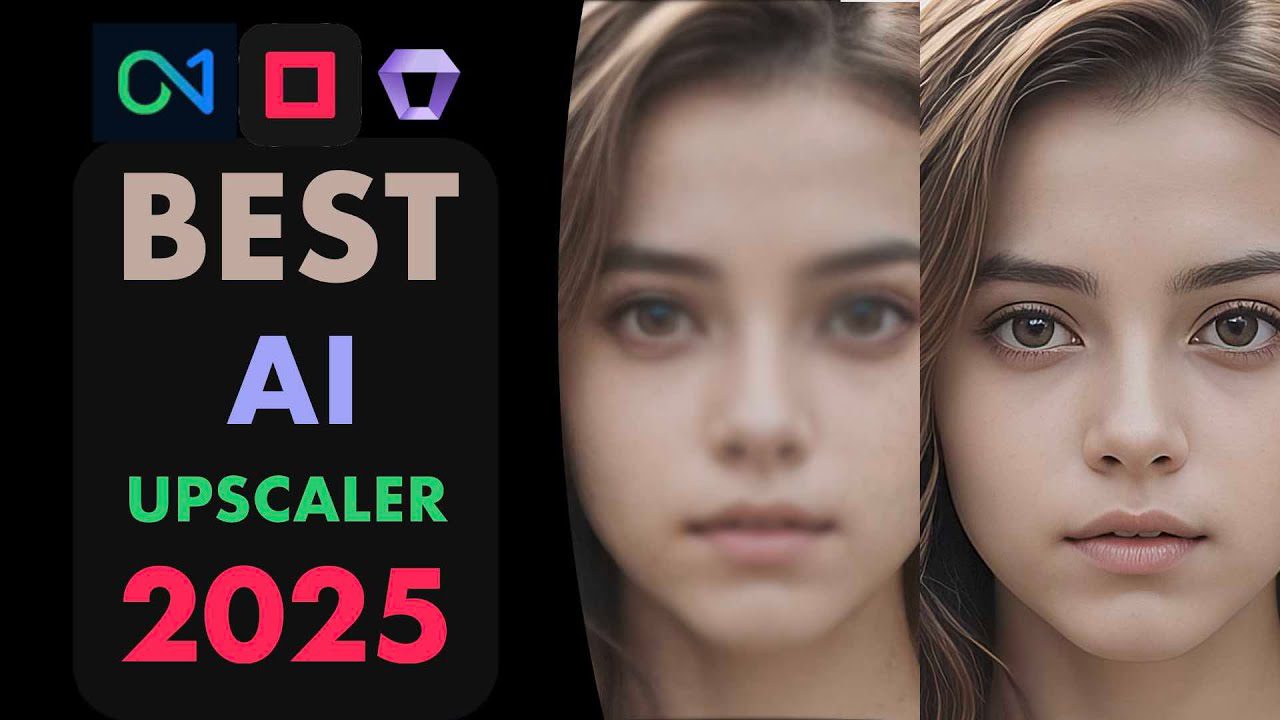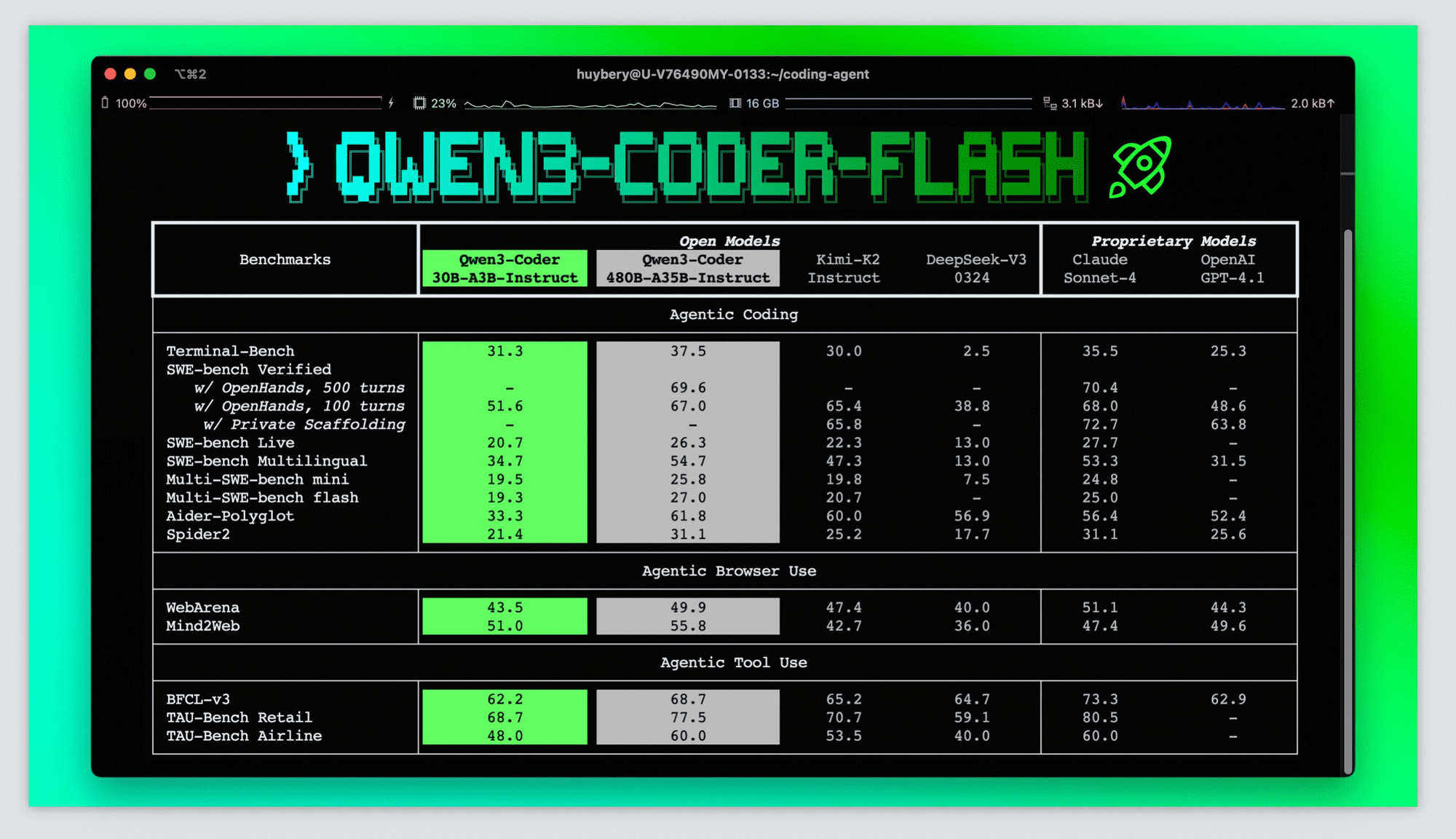Imagine watching a film where a young Robert De Niro seamlessly shares the screen with his older self, achieved without complex makeup or time travel plot devices. Or picture a music video where an artist morphs into various public figures instantaneously. This isn’t a glimpse into the future; it’s the reality of face swap AI, a technology rapidly transforming filmmaking, music, media, and virtual environments. From de-aging legendary actors to creating entirely digital influencers, face swap AI is fundamentally changing visual storytelling and content creation. This article delves into the impact of face swap AI in Hollywood and beyond, exploring its practical applications in cinema, creative uses in music videos, influence in digital marketing, and the crucial ethical considerations it raises.
![]() Collage showcasing face swap AI applications in Hollywood and media, featuring iconic movie scenes and digital effects.
Collage showcasing face swap AI applications in Hollywood and media, featuring iconic movie scenes and digital effects.
Understanding Face Swap AI Technology
Face swap AI represents a sophisticated blend of artificial intelligence and advanced visual effects. At its core, the technology digitally replaces one person’s face with another’s in images or video footage, often achieving remarkably lifelike results. It is built upon deepfake techniques, leveraging deep learning models, particularly neural networks, trained on vast datasets of facial images. These models learn to accurately map facial features, expressions, lighting conditions, and head movements, enabling the seamless integration of a target face onto a source body or scene. Once relegated to playful social media filters, face swap AI has evolved into a powerful tool for professionals. Hollywood studios employ it for complex tasks like digital de-aging, while marketers use it to generate synthetic media featuring virtual personalities. This technology bridges the gap between creative vision and technical execution, appearing in everything from major motion pictures to innovative online content.
 Conceptual illustration of face swap AI technology showing interconnected digital faces and neural network patterns.
Conceptual illustration of face swap AI technology showing interconnected digital faces and neural network patterns.
Face Swap AI Transforms Hollywood Storytelling
The film industry constantly seeks innovative visual effects, and face swap AI has quickly become a valuable asset. Studios are leveraging this technology to overcome production challenges, enhance narrative depth, and deliver visually stunning experiences.
De-Aging Icons: Bringing Back Youth
One of the most prominent uses of face swap AI in film is digitally reversing the aging process for actors.
- The Irishman (2019): Martin Scorsese’s epic featured digitally de-aged versions of Robert De Niro, Al Pacino, and Joe Pesci. Industrial Light & Magic (ILM) utilized sophisticated face swap AI techniques, analyzing performances and applying younger facial data captured through specialized camera rigs. Neural networks helped blend the younger faces onto the actors’ current performances frame-by-frame, avoiding cumbersome prosthetics and allowing nuanced emotional delivery.
- Indiana Jones and the Dial of Destiny (2023): Harrison Ford reprised his iconic role, with ILM again employing AI-powered face swap technology for extensive flashback sequences. Machine learning algorithms analyzed decades of Ford’s film appearances to recreate his youthful features, textures, and movements, integrating them onto the 80-year-old actor’s performance.
- Here (2024): This film utilized Metaphysic’s real-time AI platform to de-age stars Tom Hanks and Robin Wright across various points in their characters’ lives, spanning 60 years. Custom AI models, trained on the actors’ past filmographies, allowed for on-set de-aging, providing immediate visual feedback and enabling performance adjustments in real-time, showcasing the efficiency of AI in visual effects.
Ensuring Continuity and Posthumous Tributes
Face swap AI also addresses challenges related to actor availability, character consistency across time, or tragically, an actor’s passing mid-production.
- Fast & Furious 7 (2015): Following Paul Walker’s untimely death, production faced the challenge of completing his scenes. Weta Digital used Walker’s brothers, Cody and Caleb, as stand-ins. Face swap technology, combined with extensive CGI and machine learning models trained on previous footage, meticulously recreated Paul Walker’s likeness and expressions, allowing for a respectful and emotionally resonant completion of his character’s arc.
- Central Intelligence (2016): For comedic flashback scenes, Dwayne Johnson’s face was AI-swapped onto the body of actor Sione Kelepi. Weta Digital employed 3D facial scans and performance capture techniques to map Johnson’s expressions onto Kelepi’s physique and movements, creating a memorable and humorous effect without traditional methods like fat suits.
Creating Digital Doubles and Enhancing Action
The technology extends to creating fully digital characters or augmenting existing performances.
- Gemini Man (2019): Will Smith battles a younger clone of himself. This required creating a fully digital, younger version of Smith. AI played a crucial role in analyzing Smith’s current performance and translating his facial expressions and nuances onto the digital character, ensuring the interaction between the two felt authentic.
Pioneering Research: Disney’s High-Resolution Advances
Disney Research, in collaboration with ETH Zurich, has developed high-resolution face swapping techniques capable of operating at 1024×1024 pixels, suitable for 4K productions. Their method utilizes AI autoencoders designed to better preserve facial identity and blend details like skin texture and lighting more effectively, reducing the ‘uncanny valley’ effect. This research holds promise for seamless stunt double integration or potentially reviving historical figures visually with greater fidelity.
Expanding Horizons: AI Face Swaps Beyond Film
While Hollywood showcases high-profile applications, face swap AI’s influence extends significantly into other media domains, including music, marketing, and the burgeoning world of virtual personas.
Music Videos: Visual Innovation
Musicians and directors are embracing face swap AI to create visually arresting and conceptually rich music videos that generate significant online discussion.
- Kendrick Lamar – “The Heart Part 5” (2022): This groundbreaking video featured Kendrick Lamar’s face transforming into those of other prominent Black figures like Kanye West, Will Smith, and Kobe Bryant. Achieved using deepfake technology by Deep Voodoo (Trey Parker and Matt Stone’s studio), the swaps were not merely cosmetic but deeply tied to the song’s lyrical themes of perspective and empathy, earning critical acclaim.
The Rise of Virtual Influencers
Face swap AI contributes to the creation and refinement of virtual influencers – computer-generated personalities with substantial social media followings.
- Lil Miquela: With millions of Instagram followers, Lil Miquela is a prominent CGI figure whose realistic appearance is partly achieved through sophisticated facial rendering and potentially AI-driven animation techniques mimicking human expressions. She collaborates with major brands and releases music, blurring the lines between real and digital personas.
- Shudu: Often described as the “world’s first digital supermodel,” Shudu’s hyperrealistic appearance leverages AI in design and potentially facial mapping. She has featured in fashion campaigns for brands like Balmain, highlighting the growing acceptance and utility of digital humans in marketing.
Advertising and Marketing Applications
Brands are exploring face swap AI for novel advertising campaigns. The technology allows for the creation of ads featuring celebrity likenesses (with permission) or entirely synthetic spokespeople. There’s potential for hyper-personalized campaigns where consumers could hypothetically see their own face integrated into an advertisement. While innovative, this raises significant discussions around data privacy and the ethics of persuasive synthetic media.
Navigating the Ethical Landscape of Face Swap AI
The power and accessibility of face swap AI inevitably bring forth complex ethical questions that society, creators, and regulators must address.
Consent, Legacy, and Digital Resurrection
Using an individual’s likeness, particularly deceased actors or public figures, raises profound ethical concerns regarding consent.
- Alien: Romulus (2024): Reports suggested the potential use of AI to recreate Ian Holm’s likeness as the android Ash. While potentially approved by his estate, the inability to obtain direct consent from the deceased actor sparked debate among fans and ethicists about respecting an actor’s legacy.
- James Dean: Plans announced several years ago to “cast” a digitally recreated James Dean in a new film faced widespread backlash. Critics argued against resurrecting deceased icons who cannot consent to their likeness being used in new performances, viewing it as potentially exploitative.
The Challenge of Malicious Deepfakes
Perhaps the most alarming misuse of face swap technology is the creation of non-consensual deepfakes, predominantly targeting women and celebrities in pornographic content. High-profile figures like Scarlett Johansson have spoken out against this violation. This has spurred legislative action in various jurisdictions, such as the UK criminalizing the creation of non-consensual deepfake pornography, underscoring the need for legal frameworks to combat misuse.
Authenticity and Trust in Media
As face swap AI makes synthetic media increasingly indistinguishable from reality, it challenges audience trust and perceptions of authenticity. When virtual influencers like Lil Miquela endorse products, the line between genuine recommendation and sophisticated advertising blurs. This erosion of trust can have broader implications for media consumption and discerning fact from fiction online.
Exploring Face Swap Tools: BestFaceSwap.net
For those curious to experiment with face swap technology without needing extensive technical skills, online tools like BestFaceSwap.net offer an accessible entry point. This platform provides user-friendly access to sophisticated AI face swapping capabilities.
 Screenshot of the BestFaceSwap.net website interface displaying face swapping tool options for photos and videos.
Screenshot of the BestFaceSwap.net website interface displaying face swapping tool options for photos and videos.
- Key Features: It allows users to swap faces in both photos and videos (up to 10 minutes long). Options include single face swaps, gender swaps, and multi-face swaps within group photos or videos.
- Quality & Ease of Use: The platform aims for high similarity (reportedly up to 90%) between the source and target faces, generating convincing results. Its interface is designed for simplicity, requiring no prior AI or editing expertise.
- Practical Uses: Users can leverage it for creating humorous memes, enhancing personal videos, generating content for social media, or even mocking up creative concepts for projects.
- Trial Offer: BestFaceSwap.net typically offers an introductory discount, allowing users to test its premium features at a reduced cost.
Explore BestFaceSwap.net
Such tools democratize access to face swap AI, enabling creators and curious individuals alike to understand its potential firsthand.
The Future Trajectory of Face Swap AI
Face swap AI technology is continuously evolving, promising even more sophisticated applications in the near future.
- Virtual Reality and Gaming: Expect deeper integration into immersive experiences. Imagine seamlessly swapping your face onto your VR avatar for social interactions or onto a video game character for personalized gameplay. Companies like Epic Games are actively exploring real-time facial animation and mapping for enhanced digital human realism.
- Enhanced Realism: Ongoing research focuses on improving the quality and realism of face swaps, further reducing artifacts and the ‘uncanny valley’ effect. Future iterations may become virtually indistinguishable from real footage to the untrained eye.
- Regulation and Guidelines: As the technology becomes more powerful and widespread, anticipate increased societal and regulatory scrutiny. This could lead to clearer guidelines on consent, mandatory labeling of synthetic media (deepfakes), and stronger legal protections against malicious use.
Accessible platforms like BestFaceSwap.net play a role in this evolution, offering a glimpse into the capabilities that will likely become more integrated into mainstream creative and communication tools.
Wrapping It Up: Face Swap AI’s Big Moment
Face swap AI is undeniably reshaping the landscape of media creation and consumption. In Hollywood, it offers powerful solutions for de-aging actors, completing posthumous performances, and enhancing visual storytelling. Beyond cinema, it fuels creativity in music videos, powers the rise of virtual influencers, and opens new avenues for marketing, albeit with ethical caveats.
While grappling with crucial questions around consent, potential misuse in harmful deepfakes, and maintaining audience trust, the creative potential unlocked by face swap AI is immense. As the technology continues to mature and integrate into various platforms, its influence on film, gaming, advertising, and online interactions is set to grow. Exploring tools and understanding the capabilities and implications of face swap AI is becoming increasingly relevant in our digitally mediated world.
What are your thoughts on the rise of face swap AI? Is it an exciting creative frontier or a technology demanding cautious regulation? Share your perspective in the comments below.







